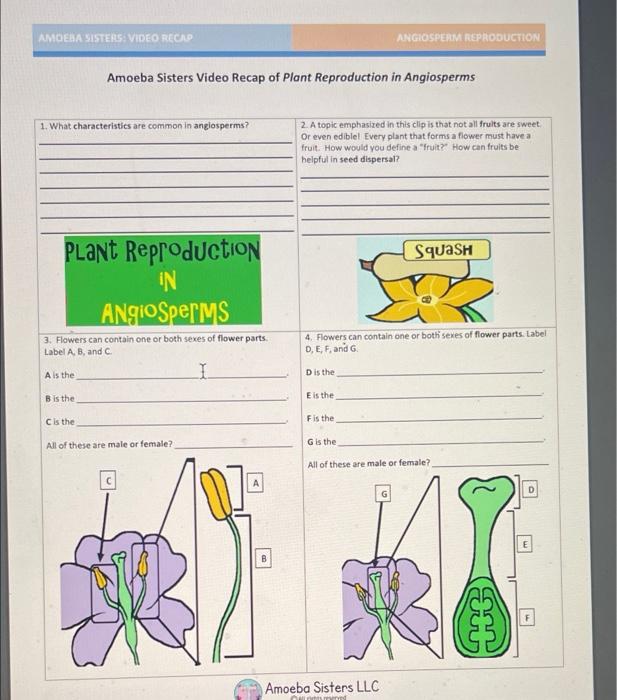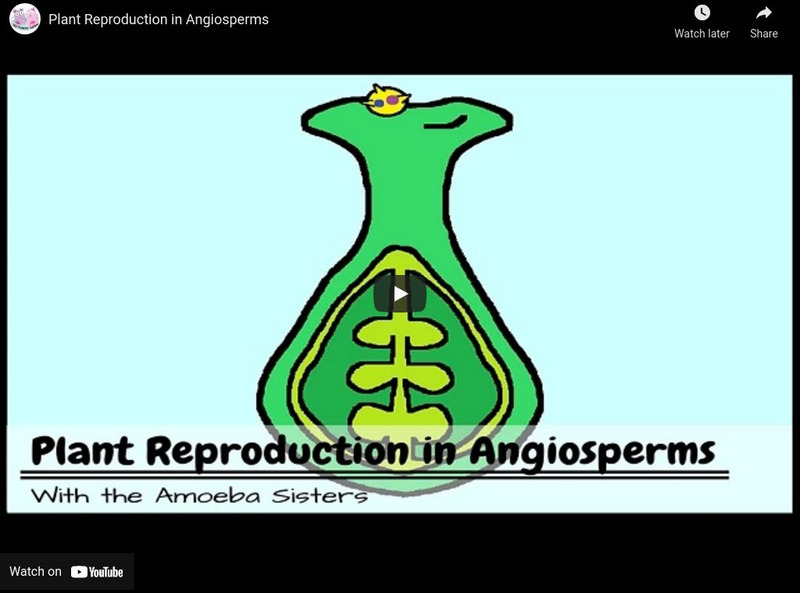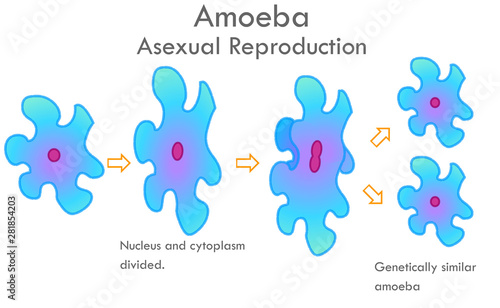Amoeba Sisters Video Recap Of Plant Reproduction In Angiosperms

Ever watched something so brilliantly explained, it feels like a lightbulb suddenly appeared over your head? That's the magic of the Amoeba Sisters, and their video on plant reproduction, especially in angiosperms (flowering plants), is a prime example. They make the whole process, which can sound intimidating, surprisingly fun!
The Flowering Fiesta: A Quick Look
Forget everything you thought you knew about plant reproduction being boring. The Amoeba Sisters turn it into a blooming party. We're talking about angiosperms, plants that reproduce with flowers.
Think of flowers as tiny, elaborate dating agencies. They're all about attracting pollinators.
Pollen's Journey: From Stamen to Pistil
The video breaks down the key players: the stamen, which holds the pollen (the plant's version of sperm), and the pistil, the female part. The goal? Get that pollen from the stamen to the pistil. This is where the pollinators come in.
Bees, butterflies, birds, even the wind can be helpful matchmakers. They carry pollen from one flower to another. It's like a botanical dating show!
The Amoeba Sisters emphasize that plants have developed amazing ways to attract the right pollinators. This could be through bright colors or a sweet scent.
Fertilization: It Takes Two... Cells!
Once the pollen lands on the pistil, a tube grows down to the ovary, where the ovules (eggs) are located. But here’s where it gets fascinating: angiosperms have a trick up their leafy sleeves.
It's called double fertilization. One sperm fertilizes the egg to make the embryo, and the other fertilizes a different cell to form the endosperm. The endosperm is the food supply for the developing embryo.
Think of it as a packed lunch provided to the baby plant, ensuring it has enough energy to get started.
Seed Dispersal: Spreading the Love
After fertilization, the ovule develops into a seed, and the ovary matures into a fruit. Fruit is more than just a tasty snack; it's a brilliant way to get seeds dispersed.
Animals eat the fruit and then, well, *ahem*, deposit the seeds somewhere else. Some seeds are dispersed by the wind or water, too.
The Amoeba Sisters highlight this process as a key to plant survival and diversity. It allows plants to colonize new areas and avoid competing with their parent plant.
"Angiosperm reproduction is like a perfectly choreographed dance, involving complex processes and partnerships." - The Amoeba Sisters (probably, paraphrased)
Why It's So Engaging
What makes the Amoeba Sisters' explanation so effective? It's their ability to simplify complex information with humor and relatable analogies.
They use drawings, puns, and clear explanations to make the topic less intimidating and easier to understand. They create an engaging narrative that brings the science to life.
They don't just present facts, they tell a story. A story about cooperation, adaptation, and the amazing ways plants have evolved to thrive.
Beyond the Basics
The video doesn't shy away from mentioning the importance of plant reproduction for our ecosystem and food supply. Understanding how plants reproduce helps us appreciate the intricate web of life. It also gives us insight into how we can protect plant diversity and ensure a sustainable future.
So, next time you see a flower, remember the incredible journey of pollen, fertilization, and seed dispersal. And maybe, just maybe, thank the Amoeba Sisters for making it so easy to understand!
Their video on angiosperm reproduction isn't just an educational tool; it’s an invitation to marvel at the ingenuity of nature.


















